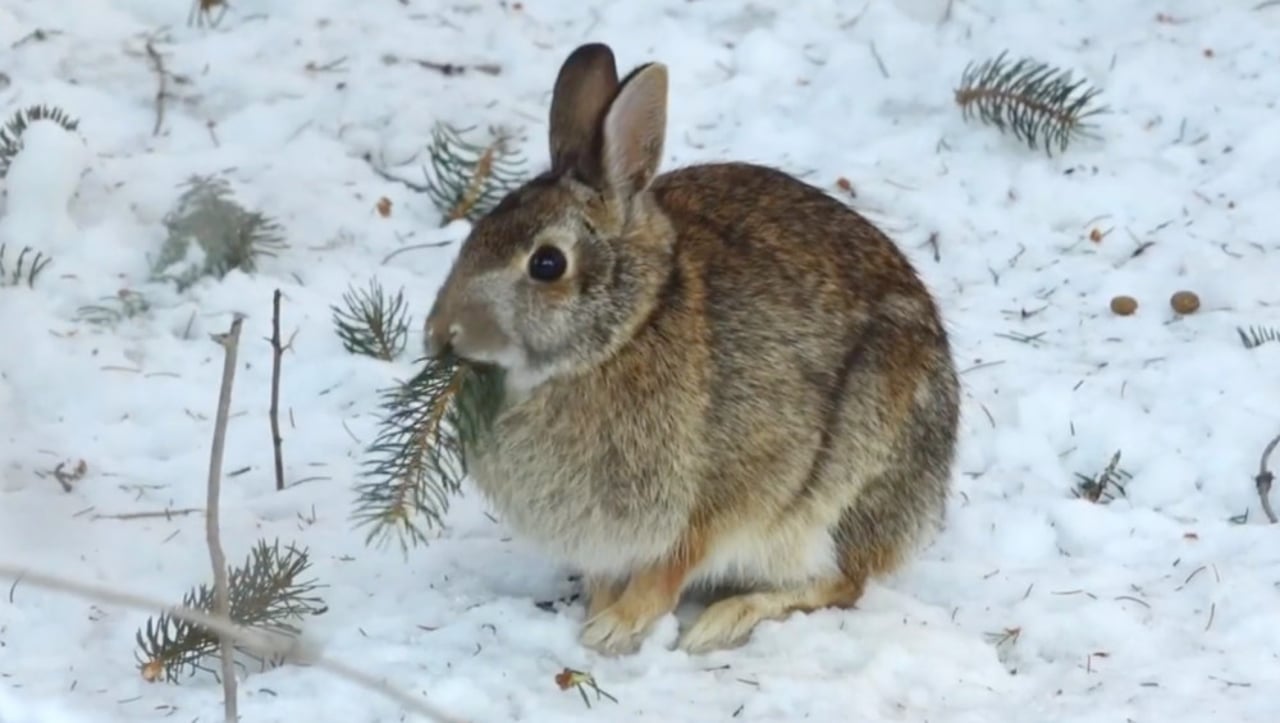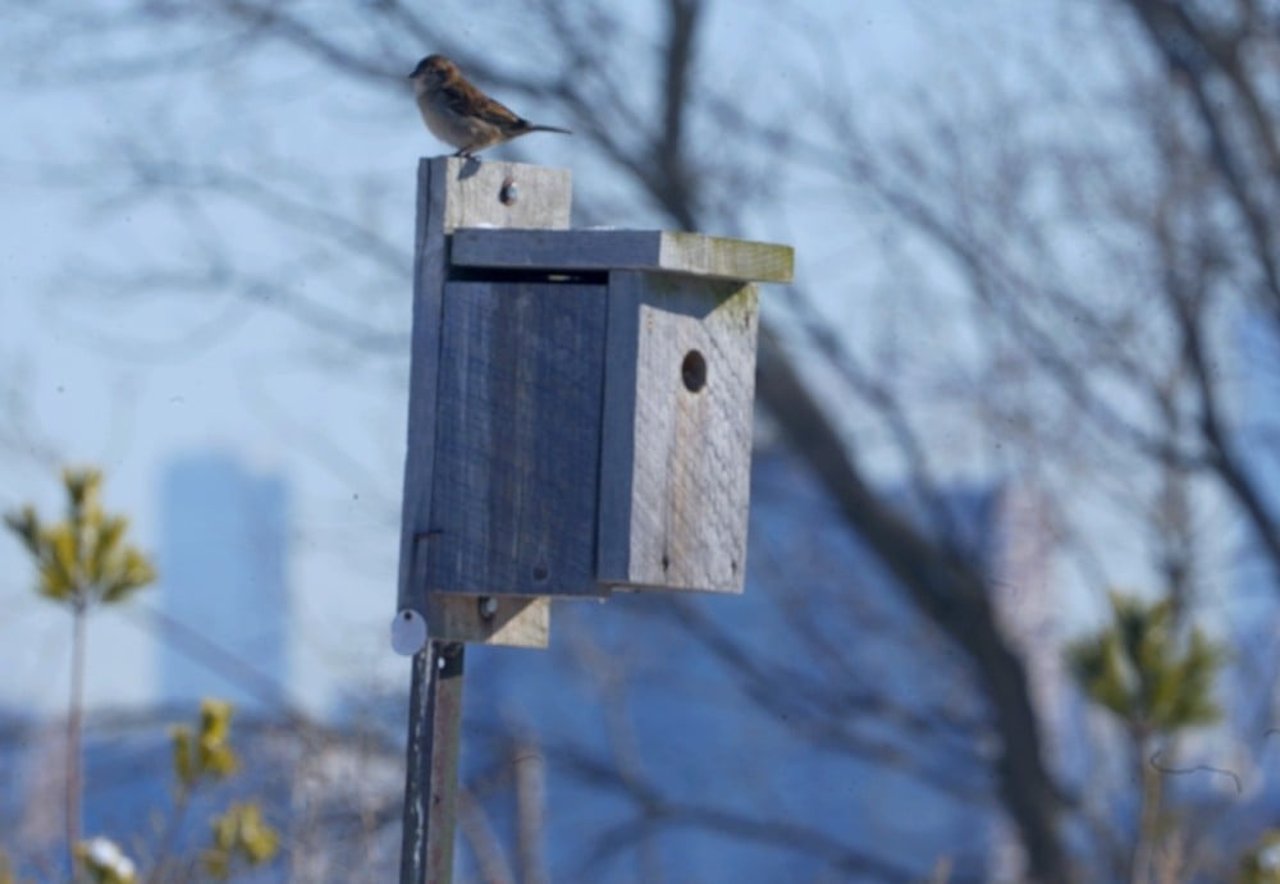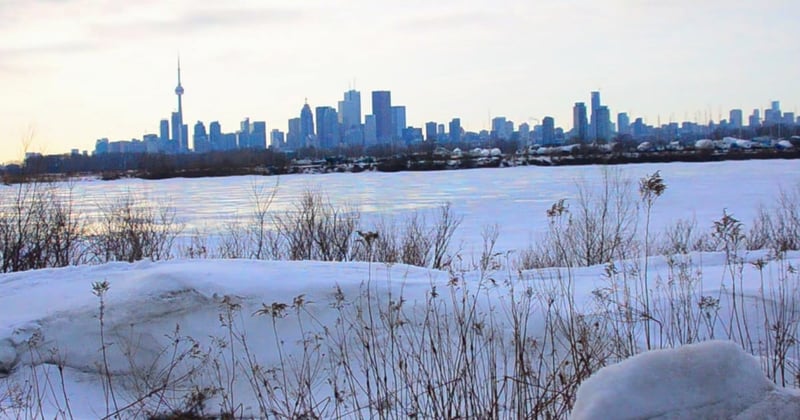
Winter survival chronicles: As winter sets in, urban wildlife in Canada employ various strategies to endure freezing temperatures and food scarcity.
Let's explore the winter survival tactics of key species in our cities:
Migrations
Many birds and insects migrate for more favorable conditions. While Monarch Butterflies, Canada geese, and barn swallows head to warmer places down south, arctic waterfowl, winter finches, and snowy owls travel from the Arctic to southern Canada.
Sleeping through it
In the winter chill, many animals opt for a slower pace, entering various forms of sleep to conserve energy.
- Hibernation: Bats, groundhogs, frogs, and toads lower their body temperature, slow their metabolism, and enter a state of unconsciousness for extended periods.
- Brumation: Reptiles like snakes and turtles seek refuge in underground hideouts for consistent temperatures but sporadically wake up on warm days, basking in the sun to prevent dehydration.
- Torpor: Skunks, raccoons, and opossums undergo brief periods of reduced physical activity to save energy adjusting to the feeding patterns of day or night.
- Diapause: Insects enter a dormant state, functioning as a light hibernation and producing a natural antifreeze to endure cold temperatures.
Photo: Julian Victor
Sticking it out
In bustling cities, certain wildlife species brave the cold, adapting to the challenges of the weather by utilizing available food and shelters.
Deer, squirrels, rabbits, and hares develop thicker winter coats for warmth, and so do predators like foxes and coyotes. Birds like pigeons, sparrows, waterfowl, and hawks will stay warm through their feathers.
Photo: Julian Victor
How to support urban wildlife in winter
Extend a helping hand to these resilient creatures with simple gestures:
- Feed the birds: Install feeders with high-energy sources like sunflowers and suet. Clean feeders to prevent disease by taking apart your feeder and running it through your dishwasher or hand washing it with soap regularly.
- Provide water and break ice: Keep water sources clean and unfrozen. Make a hole in frozen garden ponds with a pan of hot water, avoiding forceful or boiling methods.
- Create shelters: Install nesting boxes for birds and bats.
- Maintain existing habitats: Leaving fallen leaves on the ground or in a pile provides a home for insects, an important food source for birds and small animals.
- Wildlife-friendly tree trimming: Schedule tree trimming with wildlife in mind, checking for nests.
- Use non-toxic solutions: Avoid antifreeze-laced solutions, as they are toxic to pets and wildlife
- Minimize disturbance and respect hibernation: limit outdoor activities to reduce noise levels and prevent stress on animals, refraining from disturbing hibernating animals in sheltered spots
Contacting a wildlife rehabilitator or a humane wildlife control company is crucial if you encounter them in or around your home. By taking these steps, we can coexist harmoniously with urban wildlife, ensuring their well-being during winter.
Banner photo: Julian Victor
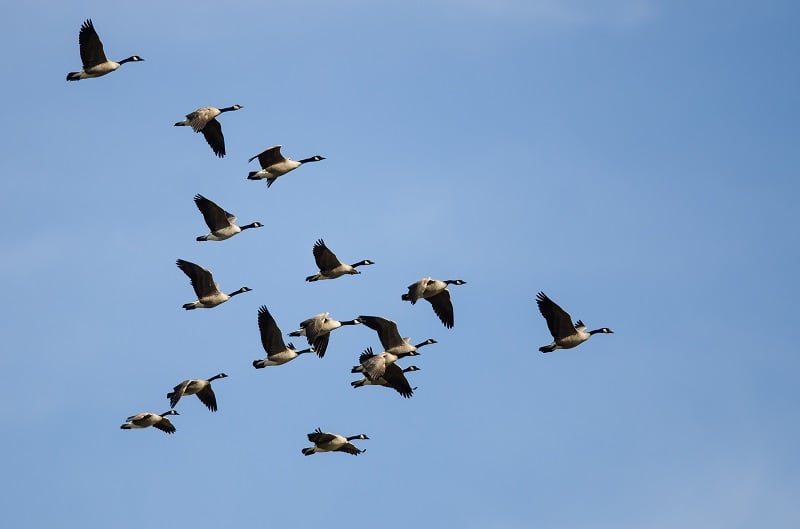
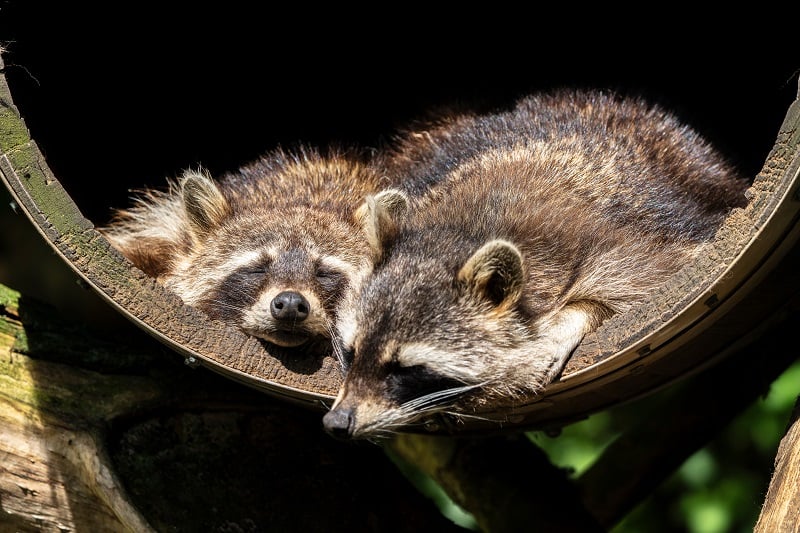 Photo : Hanneke Wetzer / Shutterstock
Photo : Hanneke Wetzer / Shutterstock